Flying Cork Media recently reexamined and repositioned our brand in order to stay up-to-date with the latest marketing strategies and trends. Regardless of whether your business needs a small reposition strategy or a complete brand overhaul, here are a few tips for a successful brand reposition.
1) Define your mission and core values
When undergoing a brand repositioning, begin by defining your company’s mission and core values. First answer this question internally, asking yourself and your employees for their feedback, until you have a shared and concise definition.
Once the mission and core values are defined and up-to-date, review your various marketing materials and ask whether this message is being clearly communicated via the current assets. If the answer is no, you’ll need to brainstorm a means of including this in your updates. One of the best ways for customers and businesses alike to connect with your company is through shared values, so it’s crucial that those values are visible and communicated clearly via your marketing assets.
There are many ways this can be accomplished, such as creating a dedicated “About Us” page on your website to detail the history and mission statement behind the business. In Flying Cork Media’s recent brand reposition, for example, we decided to utilize the homepage for this as it ensures our audience will immediately see what our brand values are. Our homepage begins with our company slogan, then follows with the section “We Are Flying Cork” which defines our values and mission, then leads into the “What We Do” and “How We Do It” sections which more specifically define our business’s marketing services.
2) Refine your voice
The next aspect to consider is your business’s voice. This is a combination of the type of content/assets your company produces as well as the writing style of those assets. The writing style involves diction choice, tone, POV, style, etc. Examine your various marketing assets to ascertain whether the voice in your copy is consistent company-wide. If the answer is no, this is something that you’ll want to clearly define and implement with your brand repositioning strategy.
If your brand has yet to define its voice, conduct competitor research to get a sense of the industry standard regarding copy within your brand’s niche market. You’ll then need to come up with a voice for your business that falls within the industry standard while standing out from the competition. It can be helpful to come up with a style guide and one or two blogs or marketing assets that can be used as examples of this voice, as this will allow a more seamless replication company-wide across all channels. Finally, ensure that your marketing assets are redesigned and rewritten to clearly incorporate your brand’s unique voice.
3) Redesign marketing assets accordingly
Lastly, review all of your marketing assets to ensure they’re communicating your brand’s capabilities and services in both a clear and engaging manner. At this point, it can be helpful to get some outside eyes on your brand’s marketing assets. Are they able to quickly and easily understand what your brand is offering? When a brand is communicating its services, it must strike the perfect balance between being informative and engaging. Too informative and you may lose your audience’s attention, too engaging and your audience may not retain the logistics of your services.
As you’re approaching a reposition, put yourself into the minds of your audience and consider the customer journey as a whole. Are you driving traffic most effectively? Is there a way to make the customer journey more efficient and enjoyable? Think like your ideal customer and use a brand reposition to ensure that they leave every digital interaction with your company with their questions satisfied.

